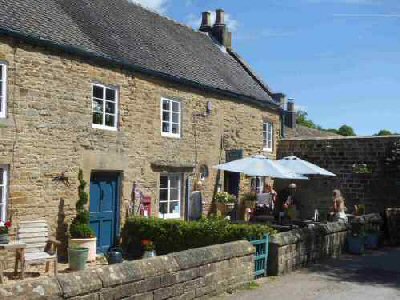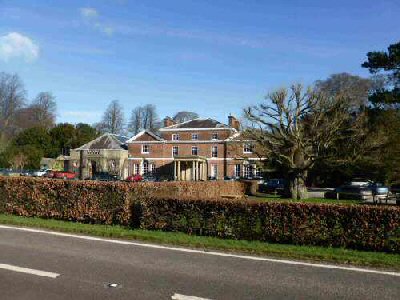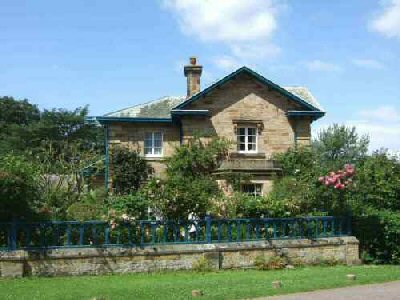EDENSOR
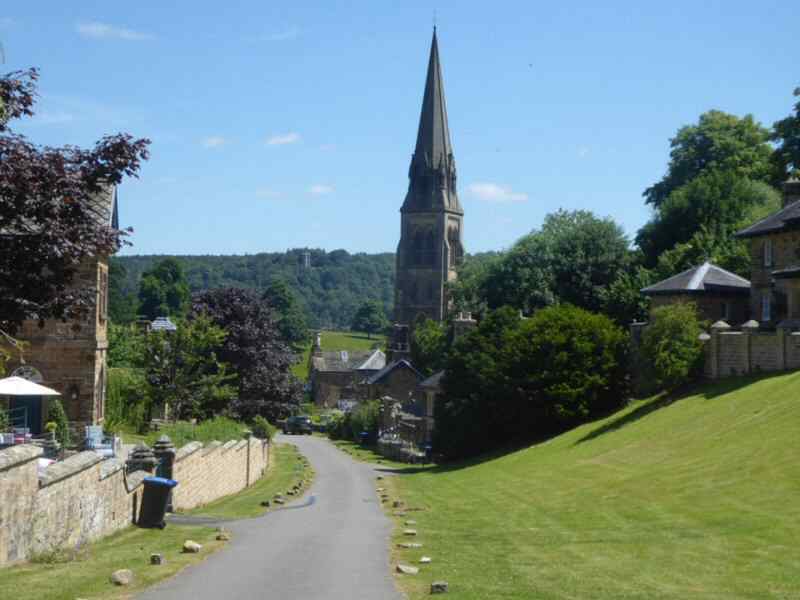
PLAN YOUR DAY OUT
Location: Edensor is off the B6012 road through Chatsworth Park, a few yards west of the drive to Chatsworth House (SK250698).
Visit: Chatsworth House, one of the grandest stately homes in the country and the home of the Duke and Duchess of Devonshire. The gardens are magnificent. Enjoy a walk in the park free of charge; Visit Peak Village, the Peak District’s first and only factory outlet shopping centre, set in beautiful surroundings at Rowesley. A Nature Reserve is an added attraction.
Refreshments: The Attractive Edensor Tea Cottage is open daily, and a wide range of refreshments is available at Chatsworth House. Beeley and Pilsley have lovely, old traditional pubs, both rather confusingly called Duke of Devonshire.
Walk: Edensor and Chatsworth Park Walk—a walk through attractive parkland with stunning views of Chatsworth House and a chance to visit Edensor, one of the country’s most unusual and admired villages.
Special Places of Interest in the Locality: Haddon Hall, a medieval manor house with exquisite architecture and gardens; Bakewell, a picturesque market town set on the banks of the River Wye with riverside walks; and Thornbridge Hall, set in 80 acres of stunning parkland in Ashford-in-the-Water, offers a blend of grandeur and quirkiness enjoyed by all the family.
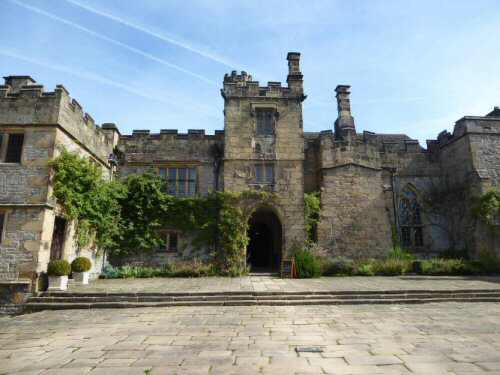
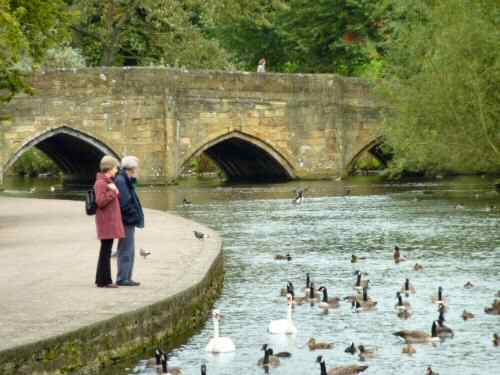
INTRODUCTION
Every year, visitors from all over the world pass through Chatsworth Park to visit Chatsworth House and gardens or to admire the magnificent view. Most only cast a cursory glance towards the gateway leading to Edensor, one of the most admired estate villages in the country. It is unique in style and provides the first-time visitor with an experience they will never forget. It is in a walled enclosure in an attractive parkland setting owned by the Chatsworth House Trust on behalf of the Cavendish family. With its fine buildings and majestic-looking church, the village is a beautiful place to explore.
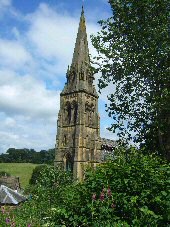
Edensor, pronounced ‘Enzer’, is mentioned in the Domesday Book but has been re-sited since then. Initially, it lay between the river and the road through the park, with the houses meandering in a line down to the Derwent. This arrangement did not appeal to the 4th Duke of Devonshire. He had spent considerable money and effort improving the house gardens and building a new bridge over the river. So, he decided to demolish the houses visible from his home. The tenants were safely re-housed in the nearby estate villages of Pilsley and Beeley before demolition work commenced. Unfortunately, the Duke died in 1764 before the completion of the work. The 6th Duke completed the building of the present village.
There remains one cottage and garden on the riverside of the road, surrounded by a stone wall. An elderly tenant lived there and did not want to move. The Duke allowed him to stay as the cottage could not be seen from Chatsworth House.
MODEL VILLAGE
Joseph Paxton, who remodelled and landscaped the gardens at Chatsworth, chose the new ‘model village’ site. However, John Robertson, a relatively unknown architectural assistant from Derby, provided the designs. At that time, aspiring young architects such as Robertson would prepare a book of house plans as part of their training.
Robertson approached the Duke to show him the plans when he was busy with other matters. After quickly looking through them, he could not decide and chose all the different styles in the book. The designs ranged from Norman to Jacobean, Swiss-style to Italian villas, all found in the village. A few old houses remained virtually untouched, including parts of the old vicarage, two cottages overlooking the green and the old farmhouse, which now houses the village’s popular tea cottage.
Robertson retained the 14th-century church but only kept it for about 30 years after the village was completed. After that, it was replaced by a much larger one built by George Gilbert Scott. With its graceful spire and spacious layout, the new church added to the village’s status and importance, which its predecessor had failed to do.
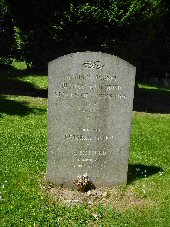
ST. PETER’S CHURCH
St. Peter’s Church contains one of the county’s finest monuments, commemorating Henry and William Cavendish, the sons of Bess of Hardwick, the latter being the First Earl. In the chancel is a brass plaque that records John Beton’s death. He was a loyal servant of Mary, Queen of Scots, imprisoned at Chatsworth House during part of her captivity. Also in the church, in a glass case, is a wreath of everlasting flowers sent by Queen Victoria to the funeral of Lord Frederick Cavendish, tragically killed in Ireland while on a peace mission.
Paxton is buried in the churchyard in a grave of a much grander scale than that of his master, the 6th Duke. The grave of the 11th Duke of Devonshire and his wife is modest. At the top of the churchyard is the grave of Kathleen Kennedy, the sister of the late President of the USA. She was the wife of the Duke’s elder brother and heir to the Dukedom, tragically killed in Belgium during the last war. Only four years later, his wife died in an air crash.
JOHN F. KENNEDY
In June 1963, John F Kennedy, the then President of the United States, visited the grave, five months before being assassinated, on the way by helicopter to a meeting with the Prime Minister. The late Duchess of Devonshire recalls this event in her book, ‘The House: A Portrait of Chatsworth’, when she describes the reaction of one resident of the village, ‘The wind from that machine blew my chickens away, and I haven’t seen them since’.
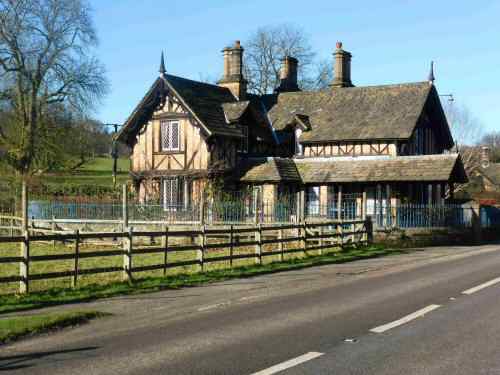
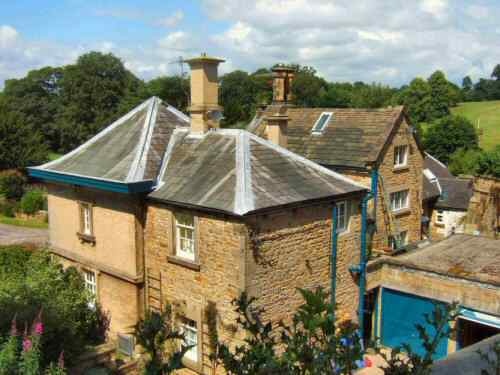
TEN FASCINATING FACTS ABOUT EDENSOR
1. John Robertson, who supplied the designs for the model village, had been employed by John Cornelius Loudon, the garden and landscape architect, before he joined Paxton’s staff in 1840. Loudon’s illustrated Encyclopaedia of Cottage, Farm and Villa Architecture inspired many of his ideas. Loudon drew up the plans and laid out the Arboretum at Derby, England’s first public park.
2. Chatsworth House, only a brisk five-minute walk from Edensor, is often called ‘The Palace of the Peak.’ It is one of England’s treasure houses, with fine furniture, sculpture, tapestry, paintings, and other works of art. The 1,000-acre park is open to the public free of charge throughout the year except when events are taking place.
3. Edensor Lane runs to the church’s right, up through the village, and over the hill to Bakewell. Walkers frequently use it, but it is unsuitable for vehicles.
4. One of the cottages on Edensor Lane, Barbrook Cottage, survived demolition and is the subject of a John Constable pen and wash drawing in the Victoria and Albert Museum. It was two cottages at the time.
5. St Peter’s Church was designed by the eminent Victorian architect Sir George Gilbert Scott shortly after he won the competitions to create the Albert Memorial, the Home Office, and the Foreign Office in London. He also designed St Pancras Station and Hotel.
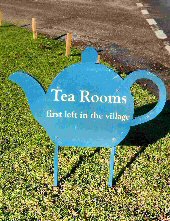
6. Joseph Paxton, appointed Head Gardener in 1826, arrived at 4.30 a.m. on 9 May, surveyed the gardens and had breakfast with the housekeeper and her niece, Sarah Brown. Before 9 a.m., he had decided to remodel the gardens and marry Sarah, which he accomplished!
7. The four properties opposite the Institute are known locally as Teapot Row. Once the builders had completed the work, they drank endless cups of tea and ceremoniously buried the teapot.
8. Initially, there was a five-barred gate at the entrance to the village. Now, a cattle grid keeps four-legged intruders out. Opposite is a surfaced path which climbs gently up the hillside. At the top, a stunning view of Chatsworth House is revealed, with Stand Wood rising spectacularly in the background and the Hunting Tower in clear view.
9. The outbuildings at Edensor House stabled horses until 1910, when they moved to a purpose-built block at Pilsley, which now houses the farm shop.
10. The new village, with a spacious triangular green at its entrance, is divided by two roads, which rise uphill past the church.
Edensor and Chatsworth Park Walk
